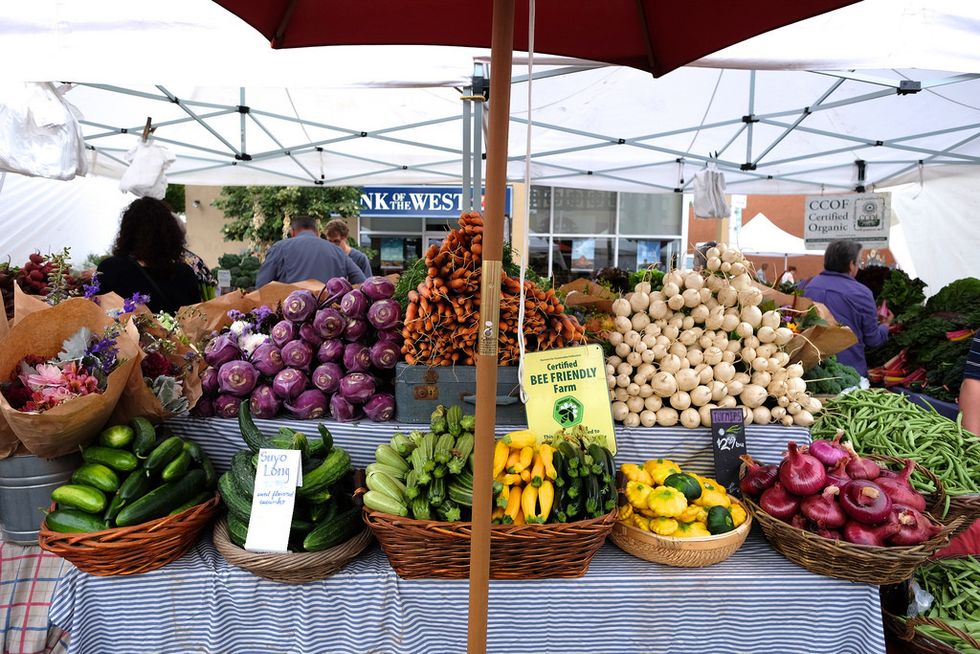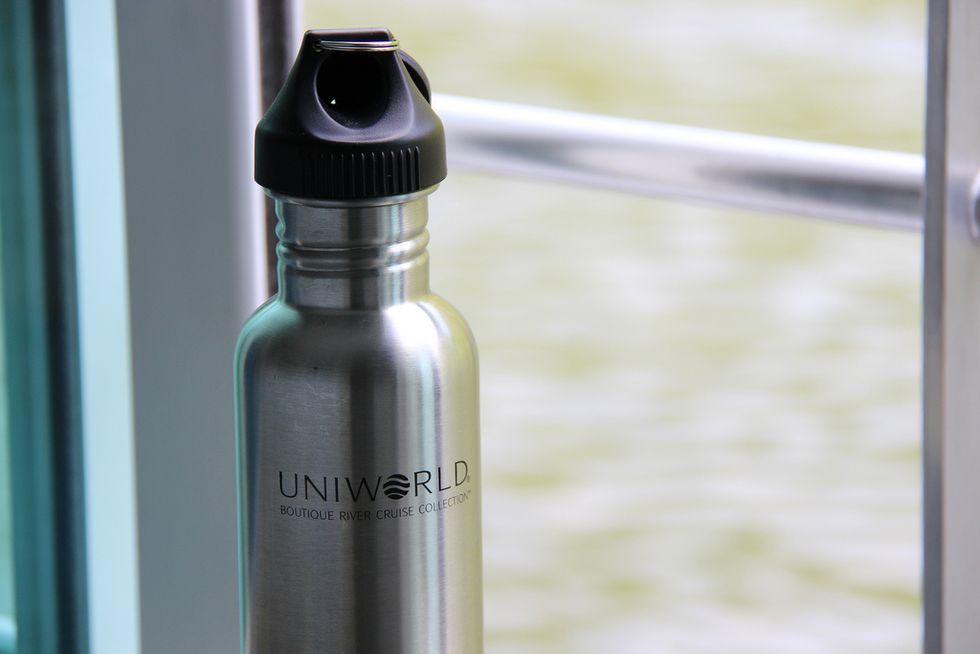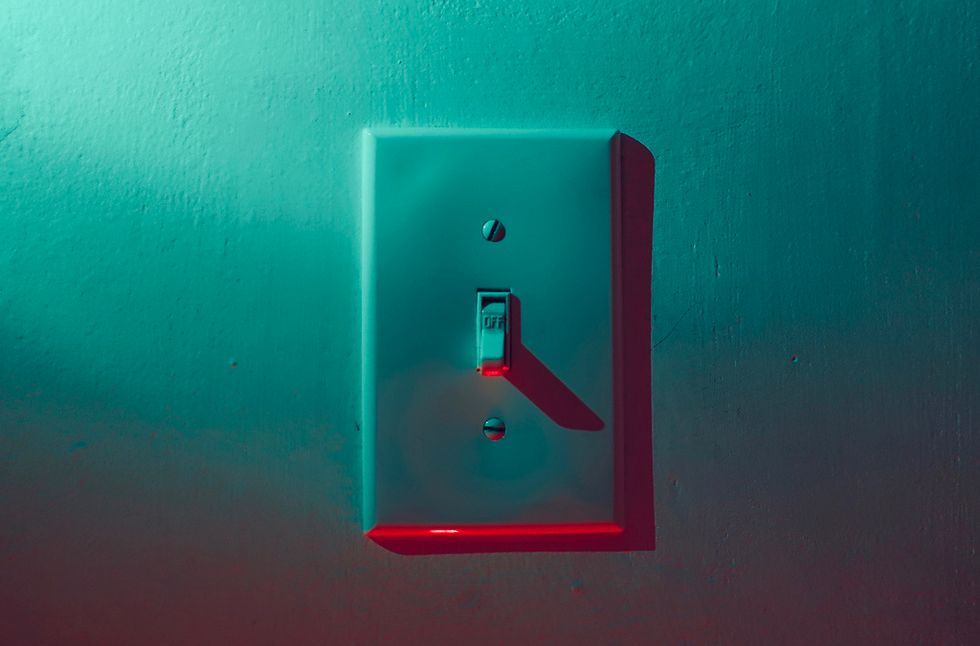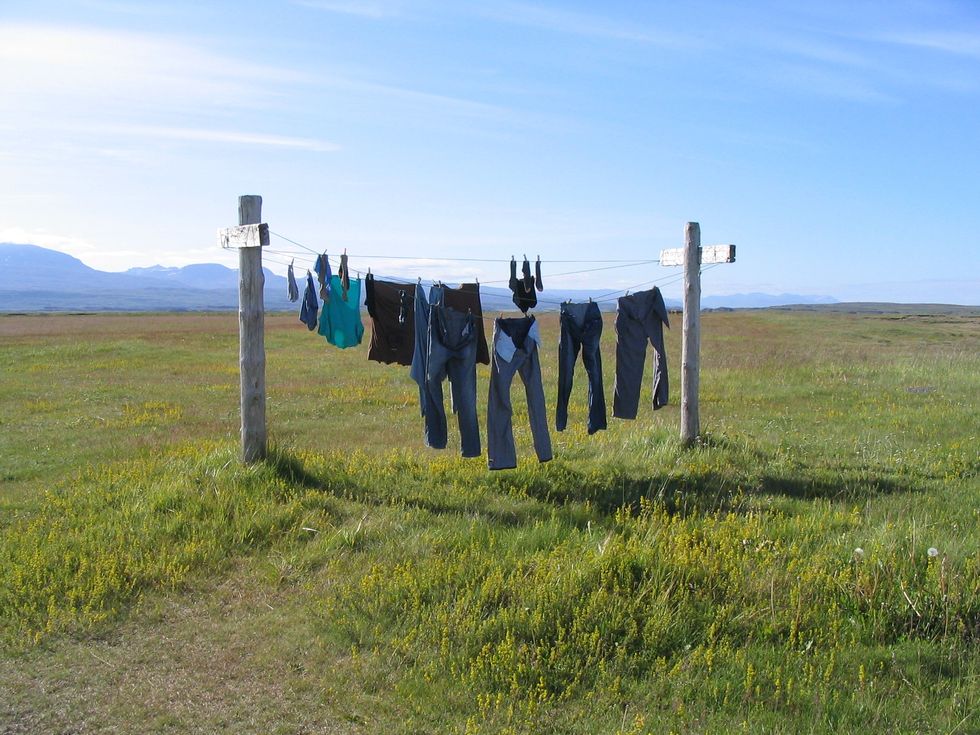On October 8, 2018, the UN Intergovernmental Panel on Climate Change (IPCC) reported that with the continuation of our current level of greenhouse gas emissions, by the year 2030 our planet will reach irreversible climate change.
A Professor of Environmental Science describes greenhouse gas as "gas molecules that absorb thermal infrared radiation and if they are in a significant enough quantity, can force [a change in] the climate system." Greenhouse gases act like a blanket, absorbing radiation and preventing it from escaping the Earth's atmosphere, causing a gradual heating of the Earth in a process known as global warming.
Global warming contributes to frequent and more severe weather, wildlife extinction, a rise in ocean levels, acidic water, dirtier air, and increasing average global temperatures.
Drastic, widespread changes in energy, industry, buildings, transportation, and cities need to be made to avoid reaching the crucial threshold of 1.5 degrees Celsius (2.7 degrees Fahrenheit) above the pre-industrial global temperature before 2030.
A significant rise in sea levels, disappearance of the polar ice caps, extinction of species, and coral reefs dying out completely are realistic examples of damages our planet will endure in the future if waste production is not drastically reduced.
While we as individuals alone can't make those changes large industries should be making, we can certainly begin eco-friendly practices to help establish the positive mindset we need to develop greener practices universally. So here are 14 ways you can practice being environmentally friendly.
1. Buy local.

Supporting local farmers and businesses who grow their own food is good for you and the planet. Buying locally from the farmers' market or other local businesses reduces waste from packaging and it also reduces the use of fossil fuels because products do not go through factories or have to travel for miles to get on the shelves of the supermarket. Many large companies contribute to poor air quality, waste and use chemicals you probably don't want in or on your body. Shopping locally is a healthier option because everything is fresher and has not been through as much if any, processing. Head over to the farmer's market in your community to enjoy a fun and cheaper experience.
2. Go paperless.
Save paper by opting to receive emails such as notices, bills, and statements instead of as letters. See if you can view a subscription online rather than receiving a paper copy in the mail.
Try using these fun and creative e-cards!
3. Take shorter (and maybe colder) showers.
Showers use up water and hot showers use up energy! Take shorter showers to conserve water, it shouldn't take you more than 15 minutes to wash up. Or try turning the shower off when you don't need to be under the stream. Colder showers and cold water is good for your skin, bonus!
4. Buy a reusable water bottle.

Don't continue buying bottled water when you can buy a reusable one that costs about as much as a couple packs of bottled water. You can choose from an expansive variety of styles, colors, and purposes. You will save thousands of plastic bottles if you choose to go this route.
5. Reduce, reuse, recycle.
'Nuff said.
6. Try grocery delivery.
There are many new services that will deliver your groceries to your door. One guy in a van will deliver groceries to multiple homes, ultimately decreasing the amount of CO2 emissions being put into the environment than if everybody took a trip to the store. It is easier and you won't be tempted to buy everything you see in a store that you want.
Shop at Target? Try out their service!
7. Turn it OFF.

Why do you need to keep the light on when you are not in the room? Turn off the lights, the fan, the tv, the faucet and even turn down/up the temperature in your house when you aren't home or are sleeping. When you aren't utilizing an appliance, turn it off and save money while saving the environment.
8. Get reusable bags.
Bring reusable bags every time you go to a store and ask the cashier to put your items in them for you. You won't have unnecessary plastic bags lying around the would eventually end up in the landfill. If you don't have any extra bags to spare, you can buy cheap ones that will last a lifetime and they are usually made out of recycled materials, yay!
These reusable recycled bags are less than $1!
9. Air dry your clothes.

Doing your laundry will be a long process but you are saving a ton of energy by just letting the natural air dry your wet clothes. Most clothes shouldn't be put in the dryer anyway!
10. Utilize public transportation.
Public transportation is always an option and is usually available all day, so instead of getting in your car and driving somewhere take a bus or even carpool and split gas money with a group of friends who need to run errands as well and get everything done in one trip.
11. Eat less meat.

I bet you did not know that more than 1,800 gallons of water are put into every pound of meat produced. The livestock industry is the largest source of water pollution on the globe with its animal waste, antibiotics, hormones, fertilizers, pesticides used on feed crops, bacteria, viruses, and sediments from eroded land ending up in our waterways. Maybe a vegetarian diet isn't in your future, but try to cut back on your meat consumption and help save our streams.
12. Buy reusable dishes and utensils and napkins.
Paper plates, plastic cups, plastic utensils, and paper napkins? If you use these you may not even be getting the full use out of one. You grab a plate to put some chips on (that are already in a bag), or an entire napkin to wipe your mouth just once before you throw it away. Go buy a small set of plates, cups, and utensils that will last a lot longer and are easy to clean. One more thing you can waste less of.
13. Change your light bulb.
CFL bulbs, or "compact fluorescent light" are more expensive up front but they use a quarter of the energy and last 10 times longer. Saves you money on the energy bill too!
2-packs CFL bulbs on amazon.com for $8.99.
14. Unplug everything.
They may be turned off but many of our appliances are continuing to draw power from the outlets they are plugged in to. So make sure to turn off AND unplug your devices once you're done using them.









































